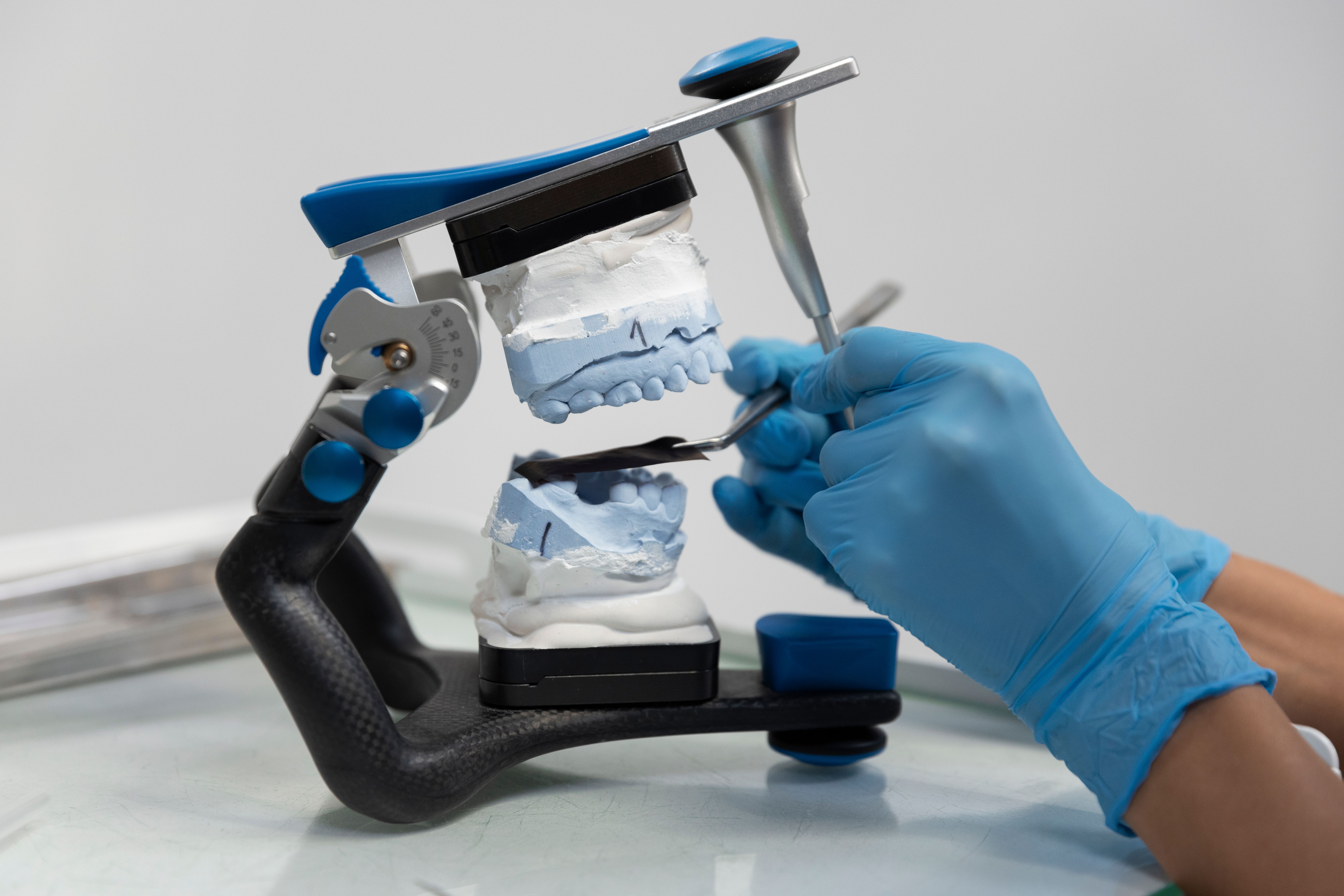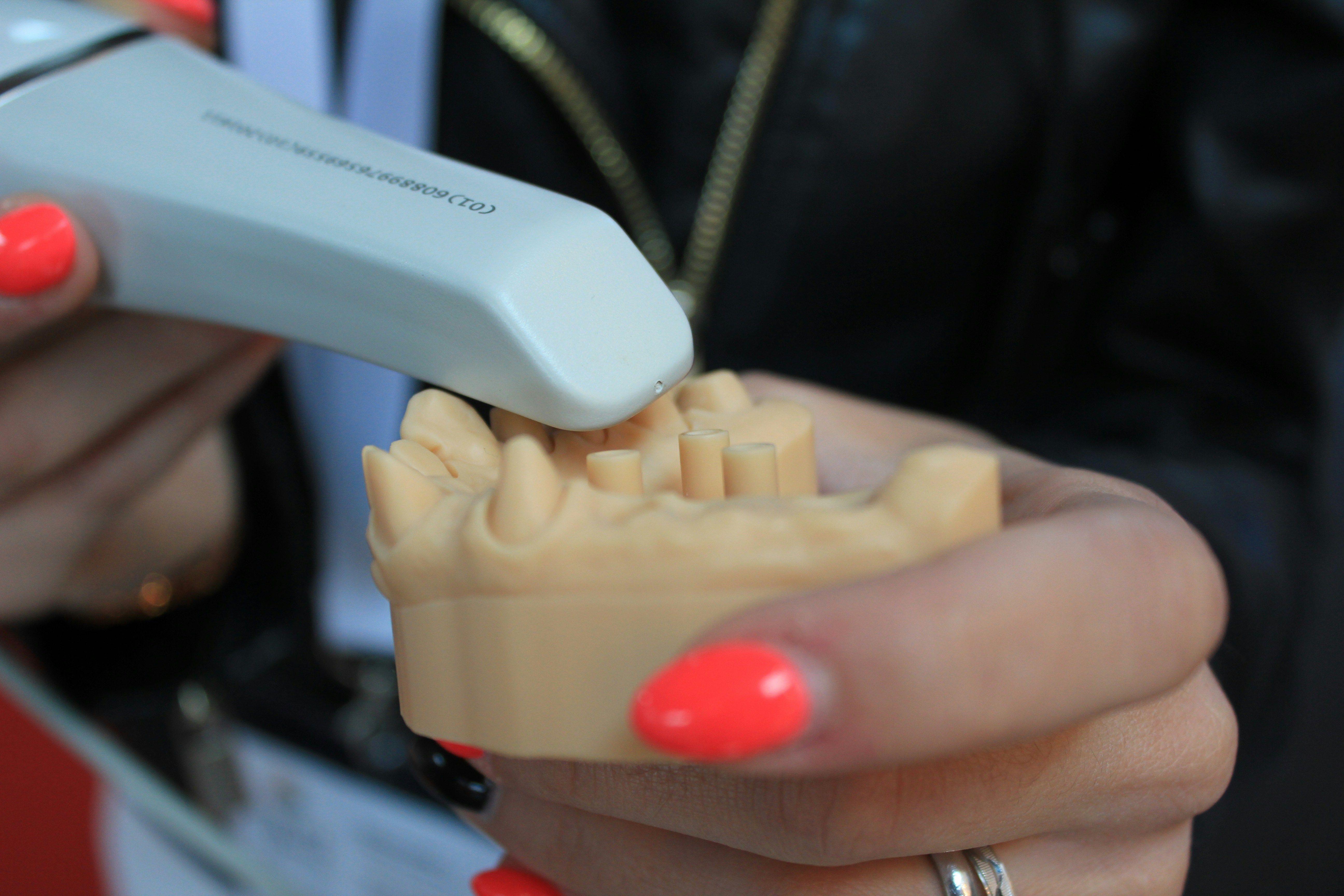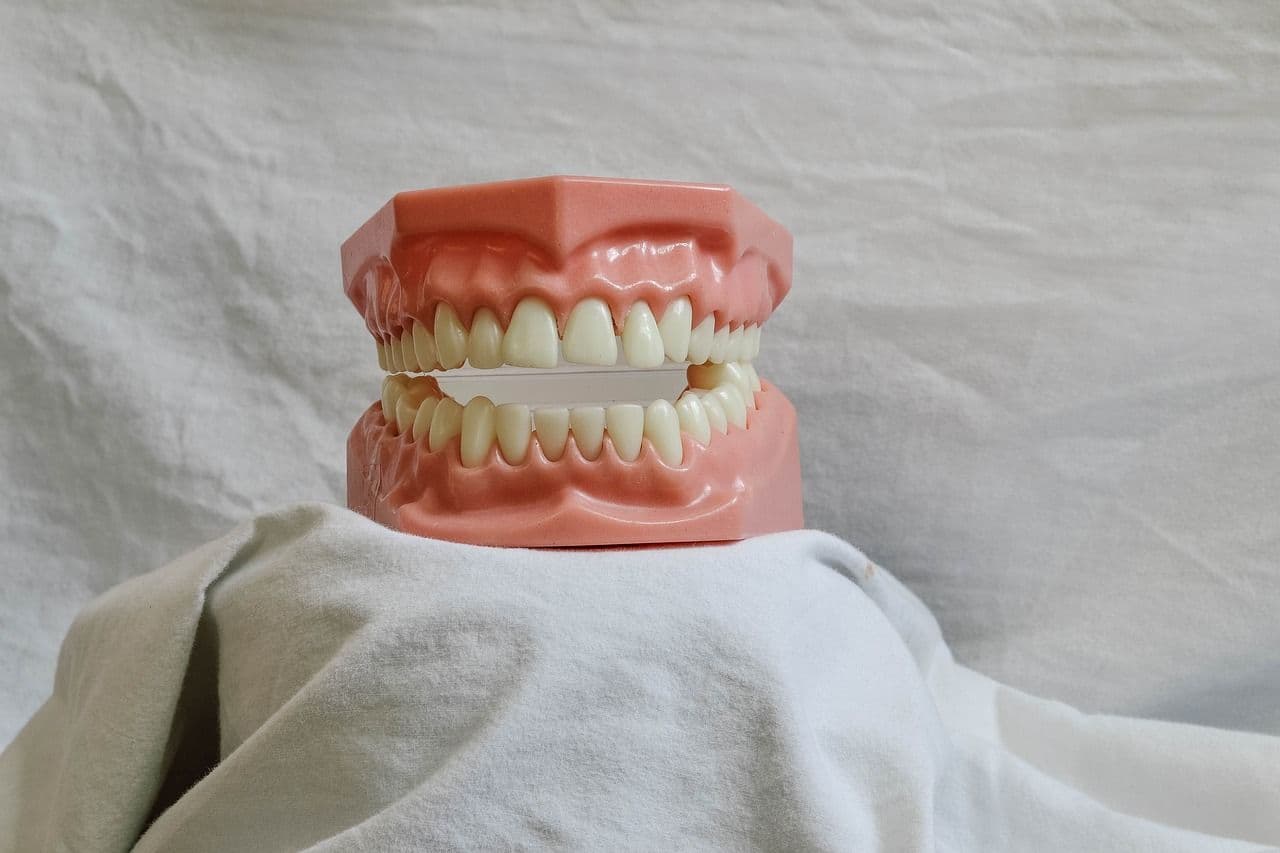Dental laboratories require precise and reliable equipment to produce high-quality restorations and prosthetics. Among the most critical pieces of equipment is the dental furnace, which plays a pivotal role in processes such as ceramic firing, sintering, and glazing. Choosing the right dental furnace can greatly impact the efficiency and quality of your lab’s output. This guide explores the essential factors to consider when selecting a dental furnace, including temperature control, energy efficiency, and automation.

1. Temperature Control
Precise temperature control is essential in dental applications to achieve consistent results. Here are some key considerations:
- Precision and Stability: Look for a furnace that maintains stable temperatures throughout the firing cycle, as fluctuations can compromise the quality of materials.
- Temperature Range: Determine the temperature range your lab requires. For example, zirconia sintering may require temperatures up to 1600°C, while other materials like porcelain typically need lower ranges.
- Programmable Profiles: Modern dental furnaces often come with pre-programmed firing profiles for various materials. This functionality streamlines processes while maintaining consistency.
2. Energy Efficiency
Reducing energy consumption is not only environmentally responsible but also cost-effective for your lab. Features to look for include:
- Insulation: Premium insulation materials reduce heat loss and improve energy efficiency.
- Rapid Heating and Cooling: Furnaces with faster heating and cooling rates can reduce operational times, saving energy.
- Power Consumption Ratings: Compare the energy ratings of different models to find one that balances performance with efficiency.
3. Automation and User Interface
Automation can simplify workflows and reduce the potential for human error. Key features to evaluate include:
- Touchscreen Interfaces: Intuitive displays make it easier to set and monitor firing cycles.
- Connectivity: Some advanced models offer remote monitoring and control via mobile apps or computer interfaces.
- Automation Levels: Consider whether you need a fully automated furnace or one with customizable manual settings to suit specific needs.

4. Size and Capacity
The size of the furnace should align with the scale of your lab’s operations:
- Compact Models: Ideal for smaller labs or those with limited space.
- High-Capacity Furnaces: Suitable for larger operations that process multiple units simultaneously.
5. Durability and Maintenance
Investing in a reliable and low-maintenance furnace can lead to long-term time and cost savings:
- Construction Materials: Look for furnaces made with high-quality components that resist wear and tear.
- Ease of Maintenance: Models with removable parts and straightforward cleaning procedures are easier to maintain.
- Warranty and Support: Choose a reliable manufacturer known for excellent customer support and warranty options.
6. Special Features
Depending on your lab’s specific needs, additional features might be beneficial:
- Vacuum Technology: Ensures a controlled atmosphere for specialized processes.
- Multi-Stage Programming: Enables complex firing schedules with multiple temperature stages.
- Compatibility: Ensure the furnace is compatible with your lab’s software and hardware systems.
Selecting the right dental furnace entails a thoughtful assessment of your lab's requirements and priorities. By focusing on key aspects like temperature control, energy efficiency, and automation, you can make an informed decision that enhances your lab’s productivity and quality standards. Always consult with manufacturers and consider product demonstrations to ensure the chosen furnace meets your specific requirements
When investing in a dental furnace, remember that it is not just an expense but a critical tool that will shape the success and reputation of your dental lab.
